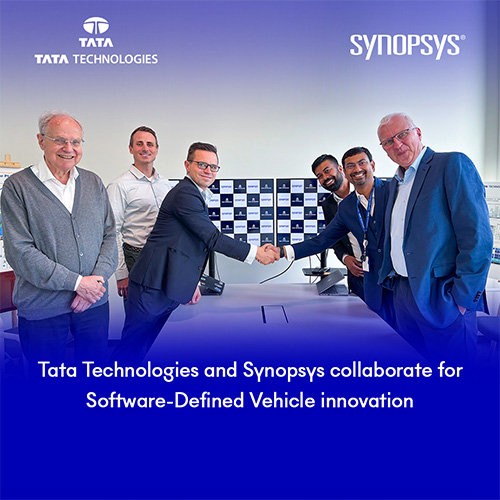
Automation Anywhere announced on introducing a new tool aimed at simplifying how enterprises adopt, deploy, and scale robotic process automation (RPA). Alongside this, the company is introducing a learning and support hub with resources designed to guide customers through process automation development and implementation workflows.
Automation Anywhere University has been an incredibly stabilizing tool for empowering our educators, managers, employees, and students. It has significantly helped accelerate RPA adoption, reduced costs, and maximized our technology investment."
RPA, which uses virtual robots to automate repetitive tasks, is a fast-growing category of corporate software. In 2019, companies spent $1 billion on RPA solutions. And Gartner predicted that in the next two years, 72% of organizations will work with RPA.
According to a PEGA survey, breakages or failures of bots and long and difficult deployments aren’t uncommon among RPA customers. Forty-one percent of respondents said that they’re spending more time than expected to maintain RPA bot automations, and 45% said that deployments took between 1 and 2 years.
The goal of Automation Anywhere’s new tool is to provide a customized report that identifies opportunities to launch automation, according to Automation Anywhere senior director Laura Della Torre. Called RPA Maturity Assessment, it evaluates the vision and strategy, process and measurement, organization and people, and architecture and technology of existing RPA programs and delivers recommendations to improve them.
“Automation Anywhere is the first RPA company to have built an RPA maturity assessment tool - and this is the first time anyone in the industry has put a stake in the ground to accomplish this,” Della Torre, who oversaw development of the RPA Maturity Assessment tool, told VentureBeat via email. “We are at a point where the majority of enterprises today either are or plan to adopt automation - and are scaling it. And it’s important because every company adopting RPA needs more rigor, people, processes, and a strategy. And if you are missing any of these components, you will hit barriers.”
See What’s Next in Tech With the Fast Forward Newsletter
Tweets From @varindiamag
Nothing to see here - yet
When they Tweet, their Tweets will show up here.





























